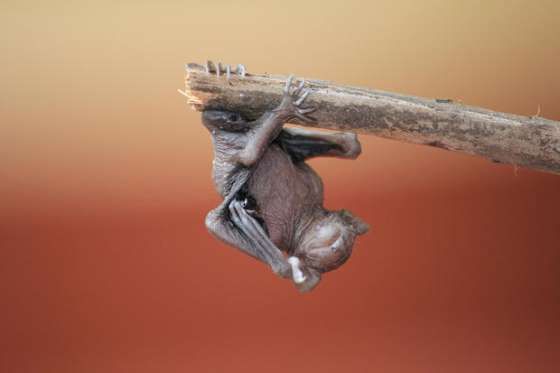- voiceforus
- Sep 19, 2020
- 2 min read
Dragonflies are ancient insects who took possession of the air even before dinosaurs roamed our planet.
Dragonflies can be mistaken for the related group damselflies, similar in structure, but lighter in build.
Dragonflies and damselflies are aquatic, so you will find them around ponds, streams, rivers, and lakes.
Female dragonflies deposit their eggs on the water's surface.
Do you know how dragonflies mate?
They may be tiny creatures but when it comes to intimacy things get really tough…… and messy.
Males get scratched, females get bitten, and sperm ends up everywhere.
For this reason, some females who want to avoid having sex with aggressive males, or being forced into mating, fake their own deaths and lie motionless on the ground.
Kind of like those humans who fake headaches.
This behavior is called ‘sexual death feigning’.
Dragonflies can mate in the air on flight, or they retire to a nearby perch and consummate.
This is how it happens.
The male dragonfly first grabs a female by the back of her neck with claspers at the end of his abdomen, then the pair can fly around together in tandem.
If the female is willing, she will lift her abdomen up to bring her vagina in contact with his penis allowing the male to transfer his sperm.
Together they form a heart-shaped ‘mating-wheel’ like the one in the pictures.
When finished, the male may immediately release his mate and fly away, or he may stay with her to guard her from other males while she lays her eggs in water.
In some species, the pair will stay in tandem during the whole egg-laying process.
The sad aspect of these fascinating creatures is that in Indonesia, they are caught for food, while in China and Japan they are used in traditional medicine.
In Japan, dragonflies are seen as symbols of courage, happiness, and strength, while according to European folklore, they are considered as sinister.



















